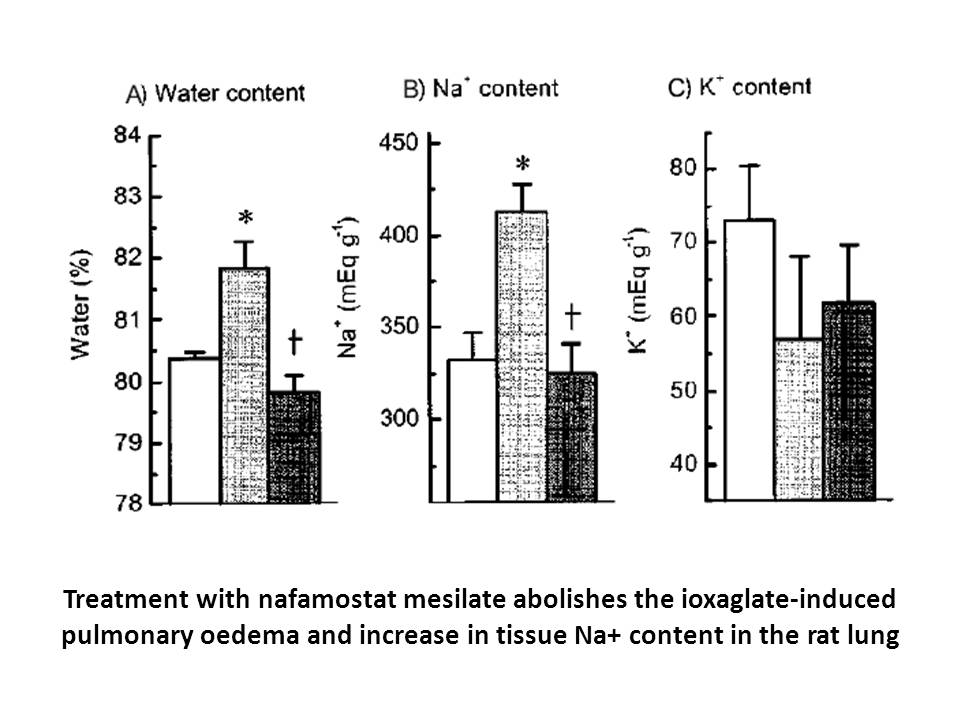Archives
br Conflict of interest br Acknowledgment br Introduction Re
Conflict of interest
Acknowledgment
Introduction
Recently much effort has been spent in the area of microarrays to bring this technology into non-research markets [6,25]. One of the drivers for technology is the demand for point-of-care diagnostics (POC) [18]. Several attempts have been made to minimize the size of microarray peripherals (e.g. fluorescence scanners) and to reduce the analysis times [4,10,14,21]. One of these approaches is to perform multiple analyses directly on a silicon sensor array, where both biological and electronic detection are integrated in one device. A number of detection systems have been proposed and described, such as ISFETs to measure changes in electric charge [3,13,16,22] or chemical electrodes for the measurement of redox reactions [5,7,26]. While other research efforts on electronic read-out of biochips were placed on the analysis of nucleic acids [24], we published an approach, where we immobilized buy lgk974 on a CMOS photodiode sensor array to perform multiple sandwich-ELISA‘s (sandwich enzyme-linked immunosorbent assays) on the surface of one chip [1,9]) (Fig. 1). Sandwich-ELISA reactions have the advantage, that it is not required that the analyte proteins must be labeled prior to analysis and that the receptor bound to surface can be a structurally rather simple compound, which enhances the robustness of the process [19,20]. Accordingly, sandwich ELISA are a standard technique in a number of POC applications such as lateral flow devices (LFD) or dipsticks [2,11,12]. Here, we chose a panel of assays that are regularly performed in the clinical laboratory to have access to well characterized samples. To demonstrate the technology several well established, clinically important blood factors were chosen: C-reactive protein (CRP), Cystatin C (CyC), Immunoglobulin E (IgE), Myoglobin and Ferritin.
One of the main problems of any multi-analyte approach is the limited dynamic range of the ELISA reactions [17]. The concentrations of relevant clinical blood factors vary in a range of about six orders of magnitude, which exceeds the dynamic range of typical ELISA tests by far [15]. Therefore, either several chips must be used, where each of them contains only assays of the same dynamic range, or methods must be applied so that a single analysis can be performed in the desired range. Here, we study in how far the addition of competitive mono- and bi-valent fragments of ana lyte-specific antibodies to the sample volume can be used to shift the concentration range of the analyte proteins in such a way that always the highest sensor sensitivity is achieved.
lyte-specific antibodies to the sample volume can be used to shift the concentration range of the analyte proteins in such a way that always the highest sensor sensitivity is achieved.
Material and methods
Results
Discussion
The analyses performed here show that multiplex sandwich-ELISA type experiments can be performed on semiconductor chips having a comparable range to classical ELISA experiments. For some of the physiological parameters the problem was that the relevant clinical decision values were far above the upper limit of detection. In standard solution based ELISA tests this is done with multiple dilution series. On a microarray this option is not feasible. Therefore, the assays were adjusted to work with one single serum dilution by adding small, controlled amounts of an antibody to the analyte that blocks the binding site and therefore deactivates a certain fraction of the analyte. While for the majority of parameters this approach proved to be simple and successful, interestingly the most problematic ELISA test to adapt was CRP – which is a homopentameric protein. Obviously adding a “normal” antibody to a CRP containing solution leads to strong aggregation of CRP and its antibody, so that the measurement is impaired. Splitting the bivalent antibody into monovalent Fab fragments solved this problem. This deactivation strategy allows now to measure analytes with strongly differing concentration ranges on one single chip. The semiconductor microarray has proven to be a useful tool for rapid blood serum analysis, as shown by analyzing a group of serum proteins with greatly differing concentration ranges. The correlation of the measured values to the data from reference laboratories demonstrates the validity of the measured data. While some problems, such as packaging and assay optimization still have to be solved for point-of-care analysis, the data shows the feasibility of the electronic sensors for this type of application. One feature we are currently working on to improve is the time to result of the analysis process. Including the wash steps, which have been adapted from ELISA plate tests, the assay still takes at least one hour. Several options are available to resolve this problem. Perhaps the most straightforward strategy is to conjugate the detection enzyme HRP to the detection antibody, thereby reducing the assay by one washing and one incubation step. Secondly, the analyte binding step and the conjugate binding step could be performed simultaneously on the chip to save even more time. To develop this as a point-of-care system will require a peripheral system for serum generation and for fluid transport. As integrated serum generation is already used in systems such as LFDs, this requirement seem to be not too stringent for the performance of CMOS protein microarray recordings. This would enable general practitioners to perform highly sensitive measurements while their patients are waiting.